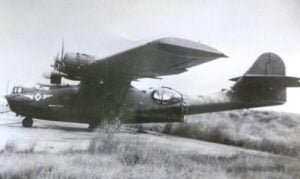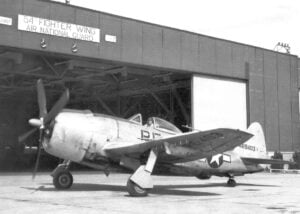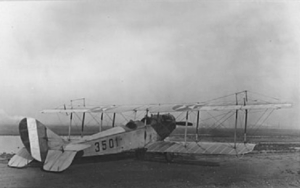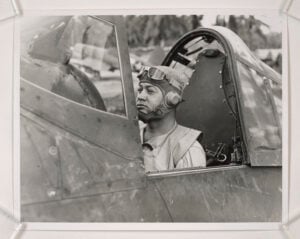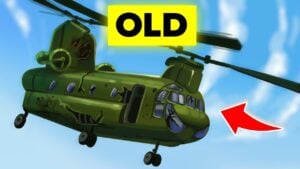The Most Asymmetrical Plane of World War II
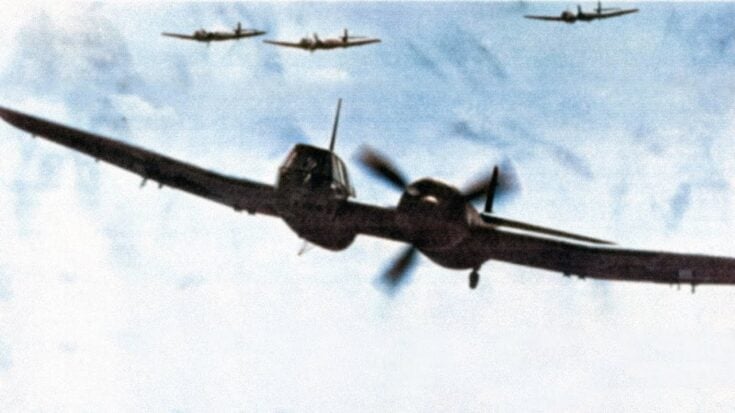
YouTube / Dark Skies
At first glance, the Blohm & Voss BV 141 looked like it shouldn’t be able to fly. Its odd, lopsided shape seemed to defy logic: an engine on one side, a glass crew pod on the other. Yet, against all expectations, this asymmetrical German aircraft not only flew, but performed surprisingly well.
A Radical Idea Takes Shape
During World War II, Germany’s aviation industry was full of daring experimentation. The Reich Air Ministry had called for a short-range reconnaissance aircraft that could carry three crewmen and offer exceptional visibility. While established firms like Arado and Focke-Wulf submitted conventional twin-engine designs, engineer Dr. Richard Vogt of Blohm & Voss went in a completely different direction.
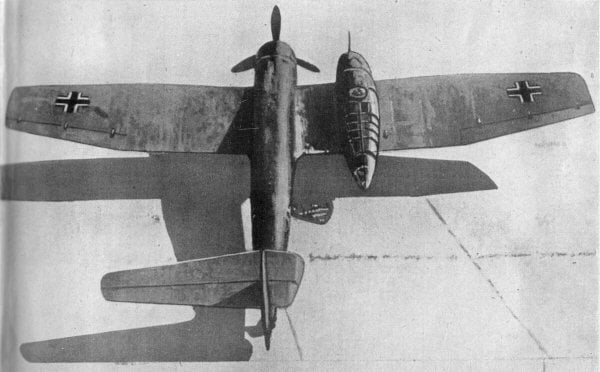
His BV 141 featured a single BMW 132 engine mounted on the left (port) side of the fuselage, with a glazed crew gondola offset to the right (starboard). This unusual configuration gave the pilot, observer, and rear gunner an unobstructed view—an enormous advantage for reconnaissance.
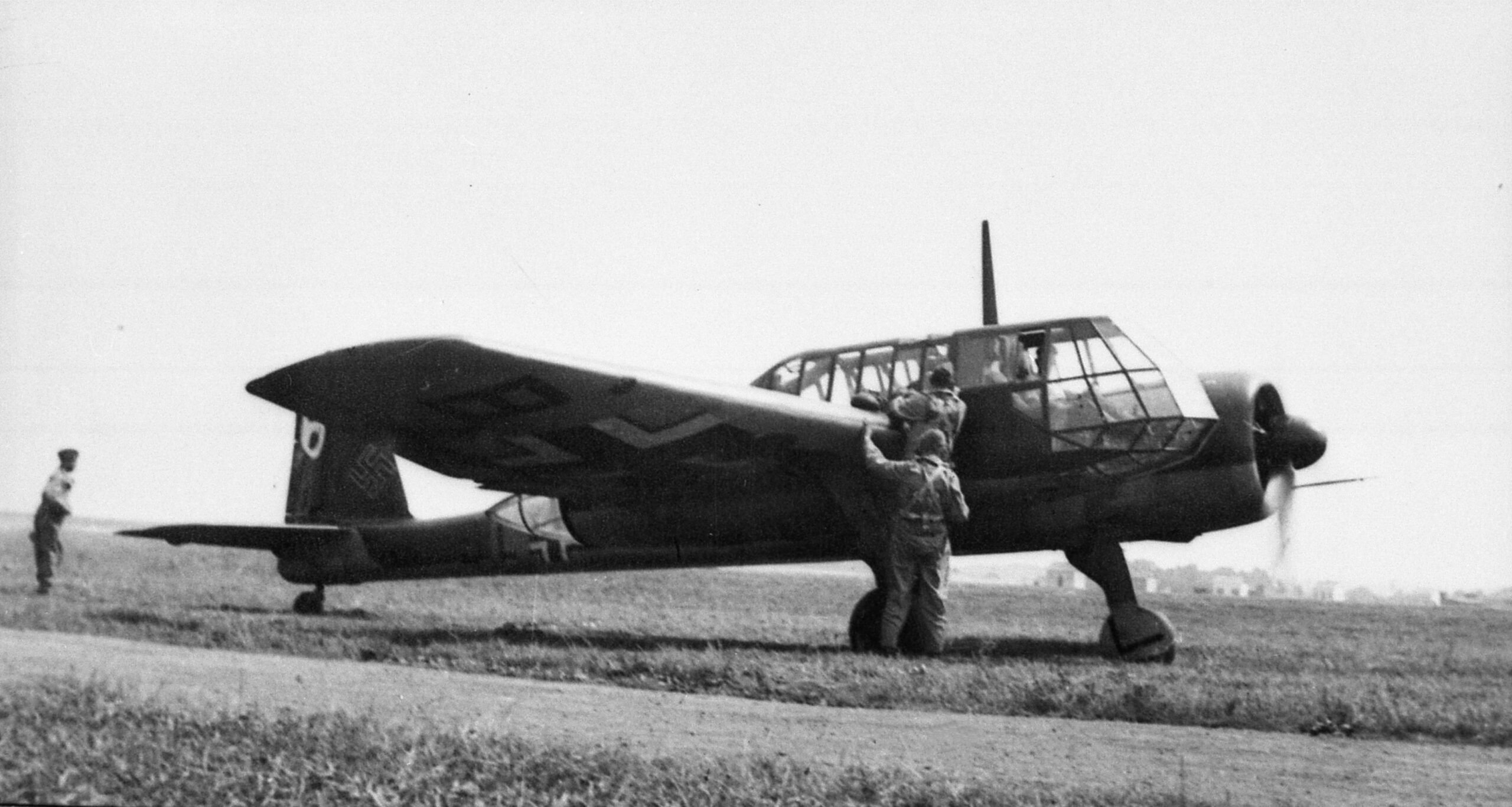
To balance the off-center layout, the tail was carefully engineered to compensate for asymmetrical airflow. Tests revealed the aircraft handled well, with smooth flight characteristics and stable performance that shocked even its critics.
Promise Meets Politics
Although Luftwaffe General Ernst Udet praised the BV 141’s performance, others weren’t so convinced. Hermann Göring, head of the Luftwaffe, preferred more conventional aircraft like the Focke-Wulf Fw 189 “Uhu.” Despite meeting nearly all design requirements, the BV 141’s radical layout made officials uneasy.
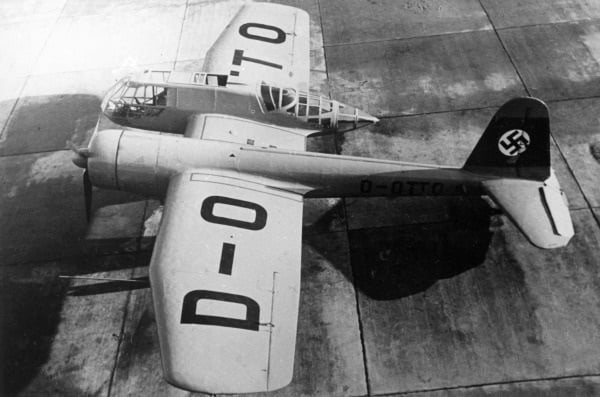
By 1941, around 20 BV 141s had been built, including prototypes fitted with more powerful BMW 801 engines. But the type was soon sidelined. Production bottlenecks, engine shortages, and the increasing focus on combat aircraft forced Blohm & Voss to halt development.
A Brilliant Oddity
The BV 141 never saw combat, and none survive today. Still, its design remains one of the most fascinating examples of German engineering creativity during the war. The aircraft proved that asymmetry could work in flight—a lesson that influenced later experimental aircraft designs.
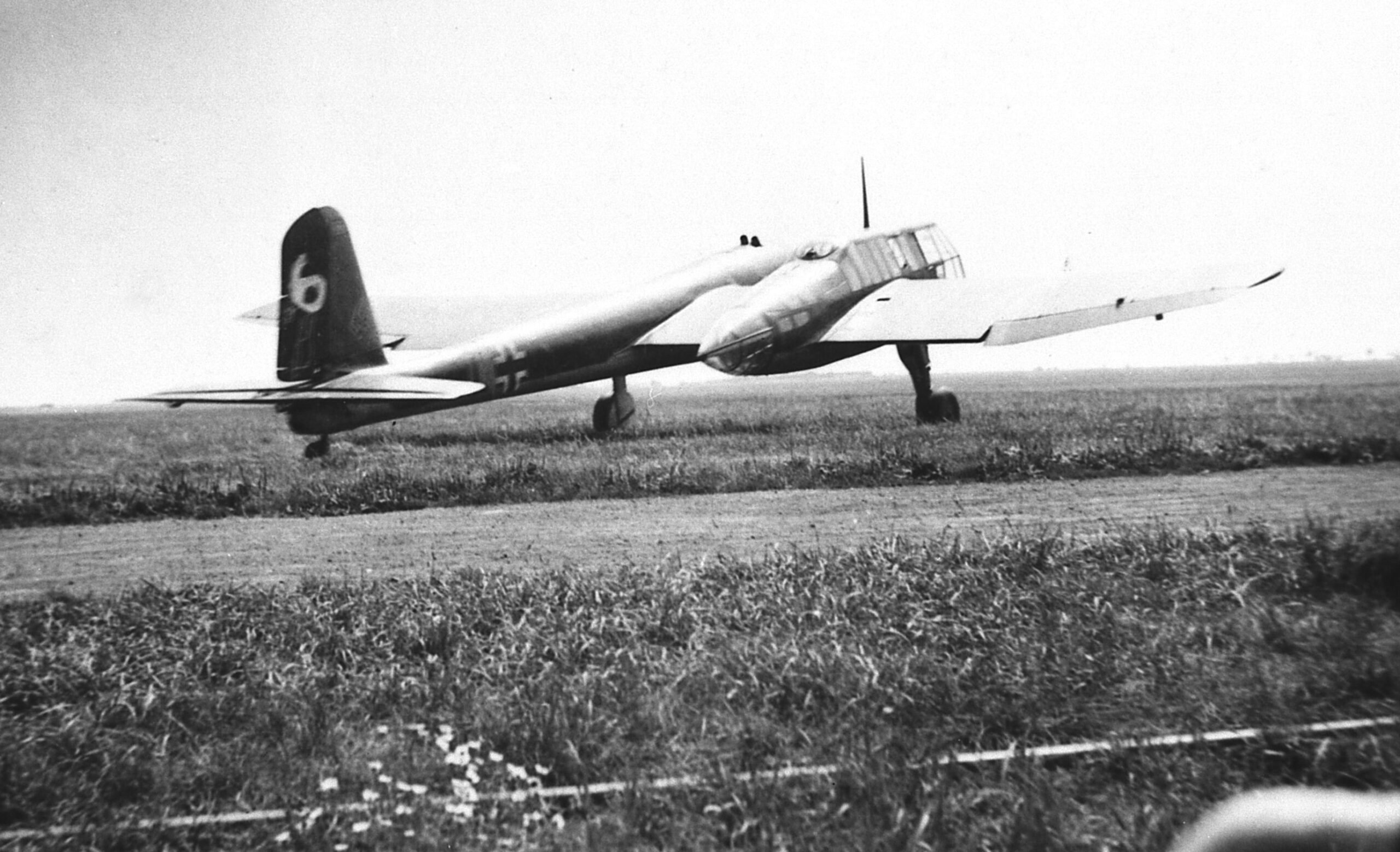
After the war, Dr. Richard Vogt was brought to the United States under Operation Paperclip, where he continued working on unconventional aircraft concepts. His BV 141 stands as a testament to his bold thinking and to an era when engineers dared to challenge the very idea of what an airplane should look like.














